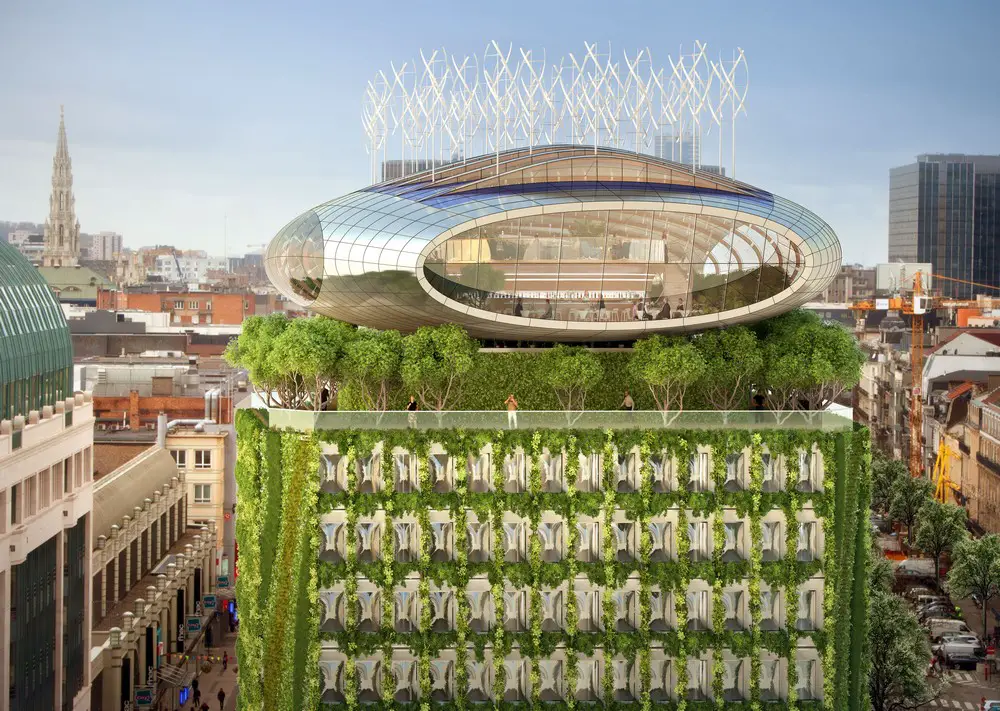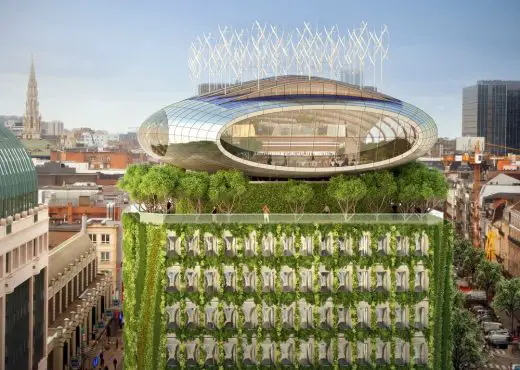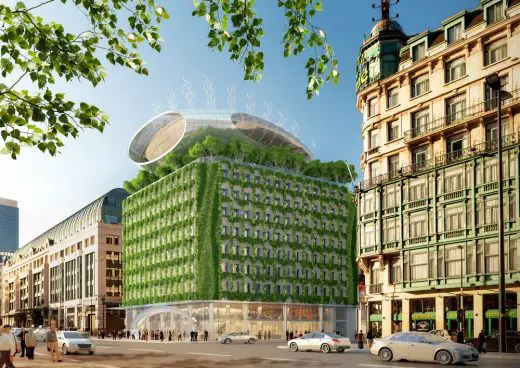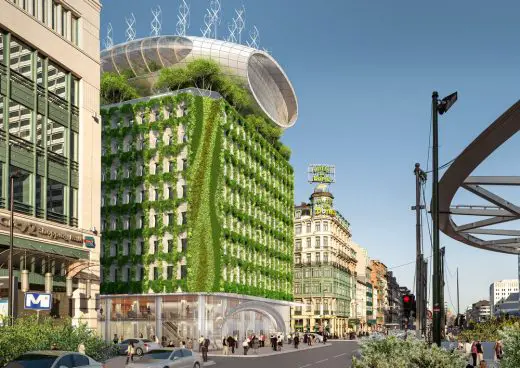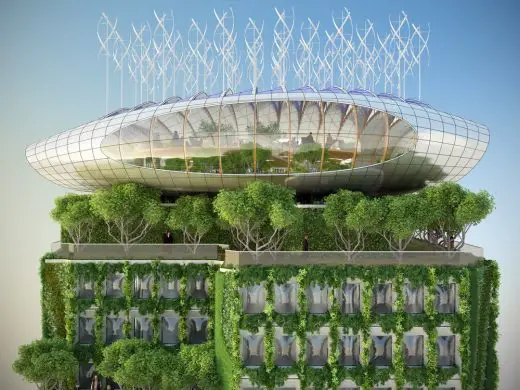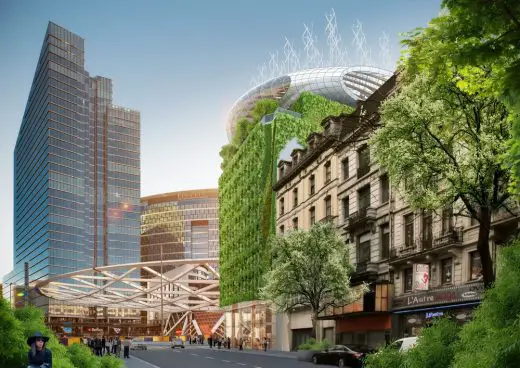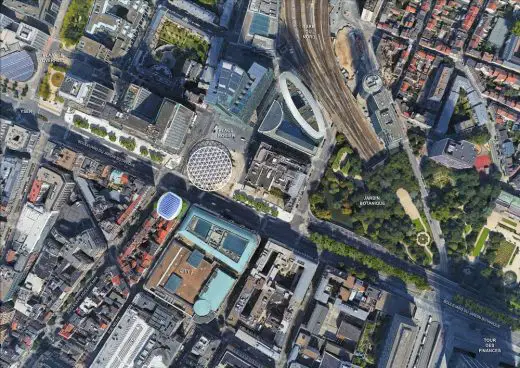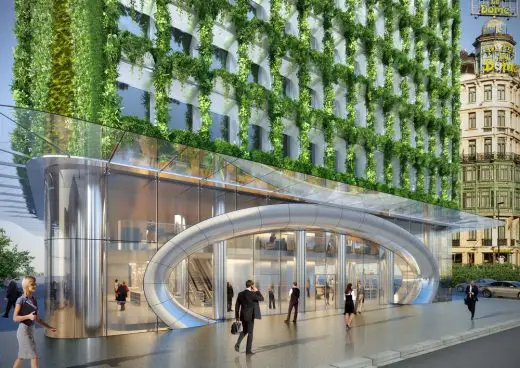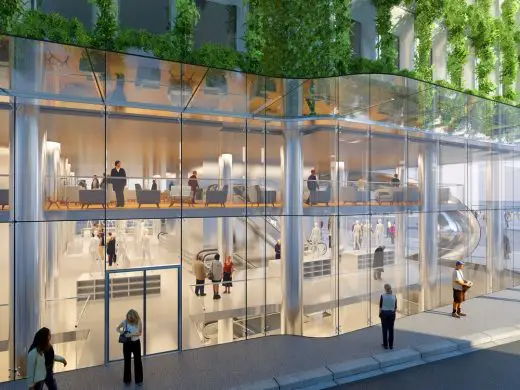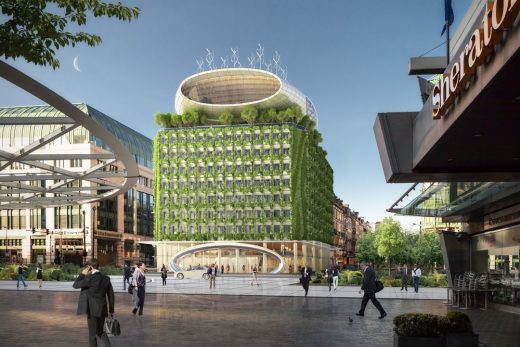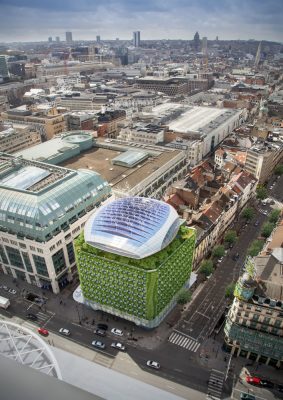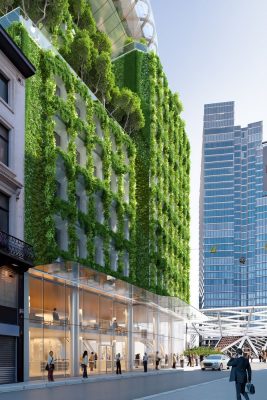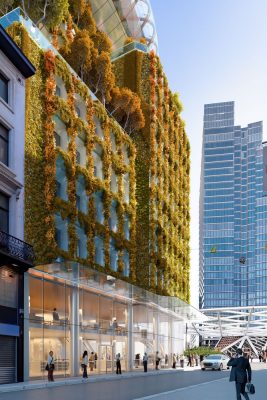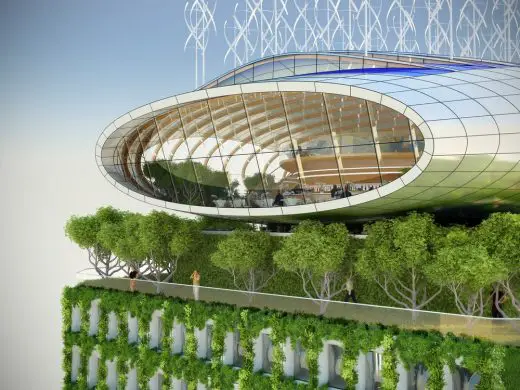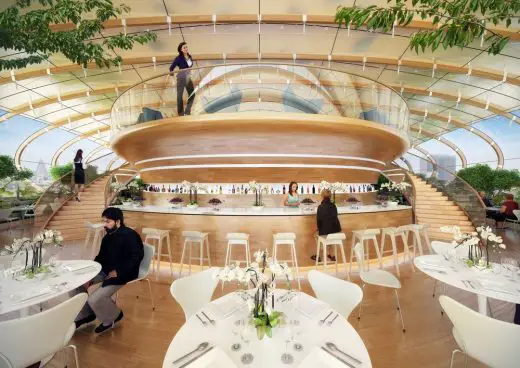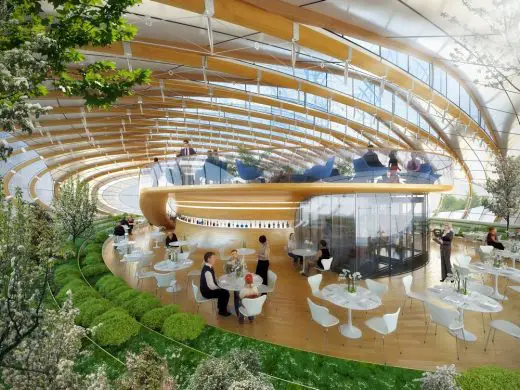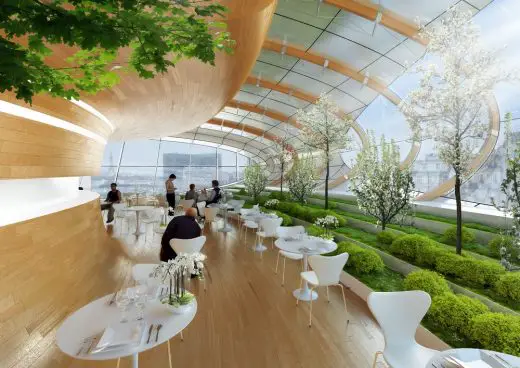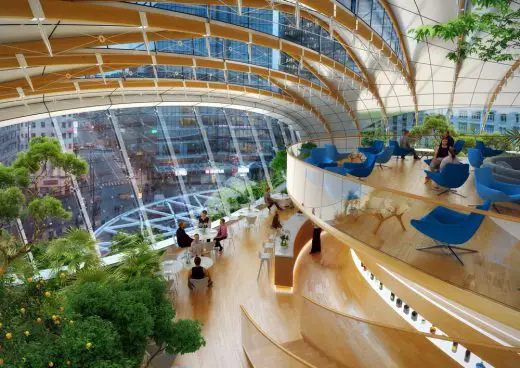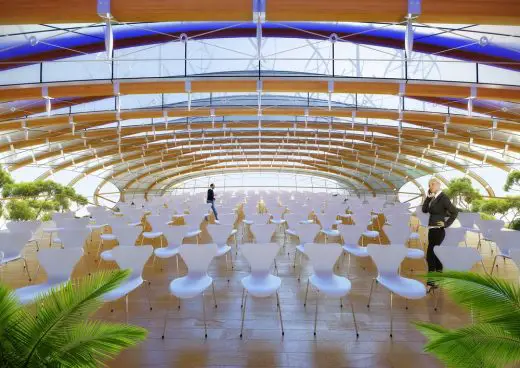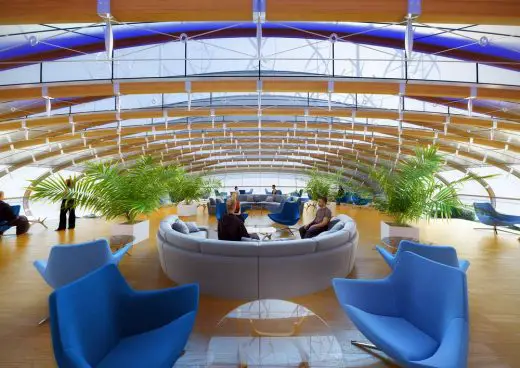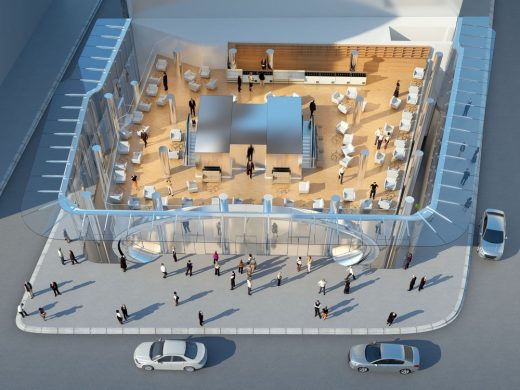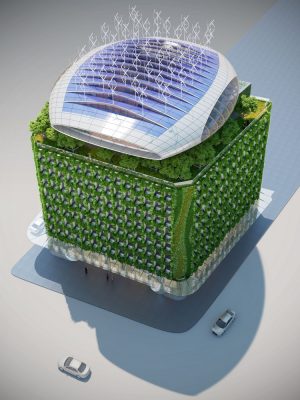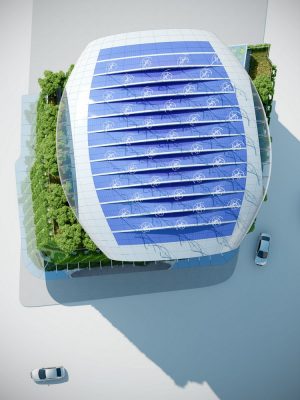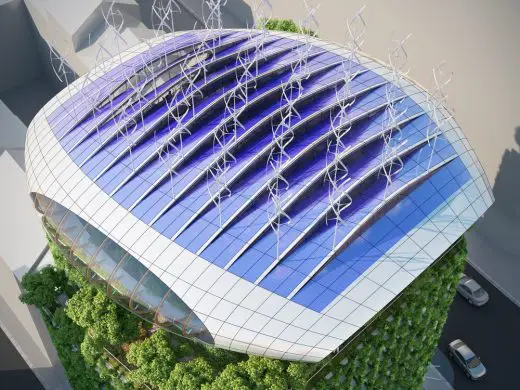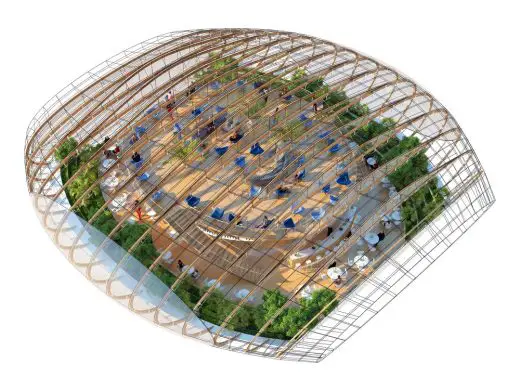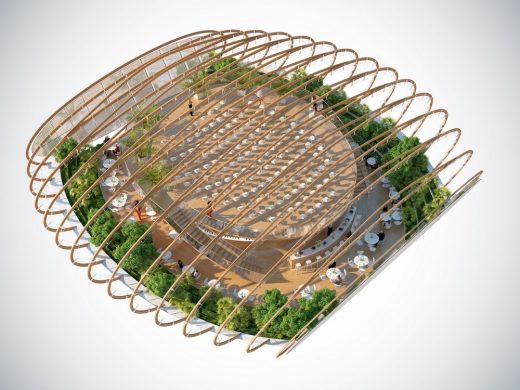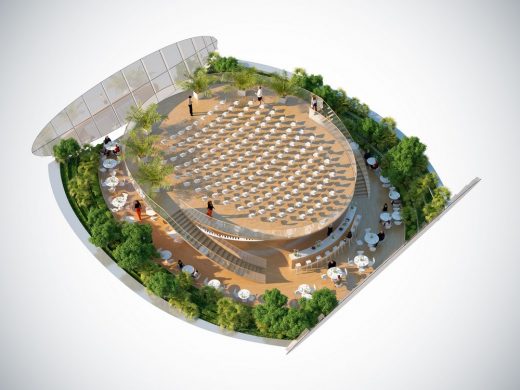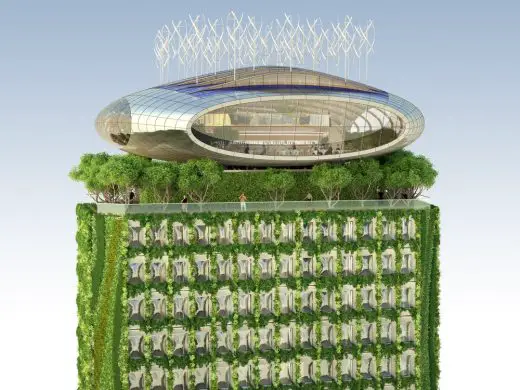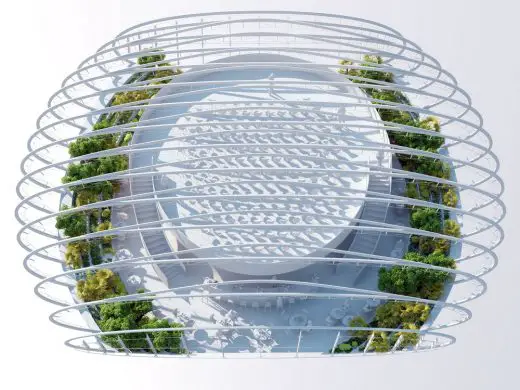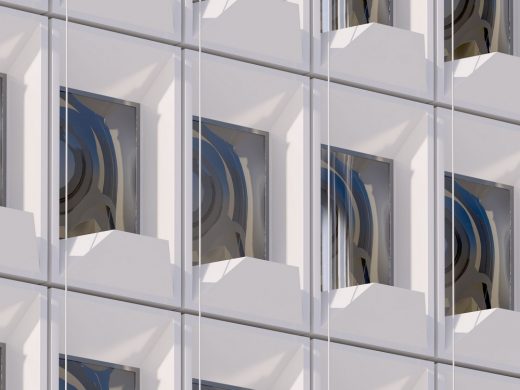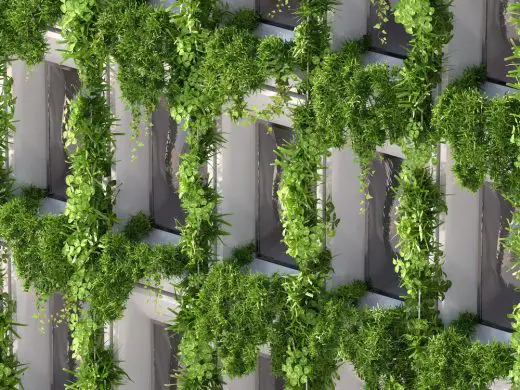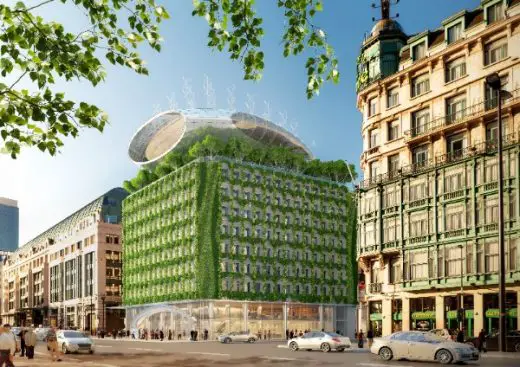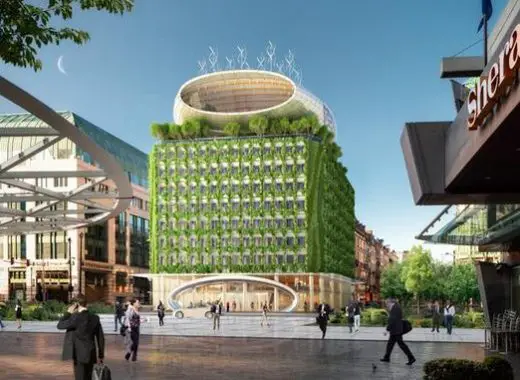Botanic Center Bloom Brussels Building, Belgian architecture designs, Urban renewal project images
Botanic Center Bloom Brussels Building
Belgian Capital Urban Renewal Development design by Vincent Callebaut Architectures
14 + 12 Sep 2016
Botanic Center Bloom Brussels Building Design News
Design: Vincent Callebaut Architectures
English text (scroll down for French):
“The Botanic Center Bloom”
Brussels, Belgium – 2016
Vincent Callebaut Architectures – STEPHANO IMMO
Botanic Center Bloom Brussels Urban Renewal
INTRODUCING METAMORPHOSIS & ENERGY SOLIDARITY
Metamorphosis means the transformation of the caterpillar into a butterfly.
Metamorphosis doesn’t mean eradicating the past, but rather integrating the best of the past into our future.
Metamorphosis means privileging writing a story over another.
Metamorphosis means selecting which components of the past will form the foundations of a future still to be imagined.
The role of architects extends beyond mere conservation or restoration: it involves advocating for a hybrid history, and making bold choices not for one self but for others.
It also means being determined to act as forward thinkers, and to bring the Botanic Center into the 21st century in terms of uses, technological progress and innovative, sustainable building principles.
Today’s architecture is capable of implementing “energy solidarity” between a piece of architectural heritage — modern in this case — and a contemporary project. The latter provides the necessary energy to the former by integrating renewable energies, thus limiting carbon emissions as recommended by the COP 21.
PRELIMINARY DRAWINGS
Built in 1977, the Botanic Center looks vertically unfinished today. With its 274 identical, ornamental concrete modules typical of the modern period, the façade doesn’t reflect the birth name of the building, related to the nearby Jardin Botanique (botanical garden).
The proposed concept is to “bloom” the existing building, in the botanical, flowering sense of the word. Planter beds and a web of cables act as substrate, dressing the mineral façade with a vegetal envelope that regroups the entire range of the flora endemic to the Brussels area.
At the top of the building, a “Chrysalis” made of wood and steel deploys its curves to offer panoramic views to tenants and visitors, while echoing the large, Xaveer De Geyter-designed circular canopy that now covers the Place Rogier.
URBAN INTEGRATION
Located strategically at the entrance of the Rue Neuve, and across from the City 2 shopping mall (the largest in Belgium) and the Belfius tower, the Botanic Center benefits from an exceptional urban location worthy of celebration.
Given the project’s location in the heart of the highly mineral Boulevard Botanique, recommending an ecological landmark and vegetal architecture was an obvious choice — using photosynthesis to absorb the carbon particles contained in the urban smog, while integrating advanced renewable energies that address the project’s own needs.
The Chrysalis is carefully placed on the roof, aligning with the scale of the City 2 shopping mall. Its proactive (i.e., no longer inert) architecture embraces its era.
On the ground floor, a contemporary façade and structural glass canopy reinforce the appeal of the public space by enhancing the indoor/outdoor interaction towards the Place Rogier, thus forming a homogenous, dynamic whole.
DESIGN OF THE CARBON-ABSORBING FAÇADES
Our ambitions are as follows: to imagine a vegetal envelope on the three façades of the Botanic Center; to bring biodiversity back into the heart of the City; and with the help of botanists, to select plants that will color the building according to seasons.
The 274 planter beds are directly integrated into the 274 existing modules of the façades. They enable the growth of overhanging and climbing plants along the web of cables woven into the existing vertical seals of the façades. A drip system irrigates the beds. Maintenance is performed twice a year, at the beginning of spring and the end of autumn.
The photosynthesis of the 10,000 plants covering the façades and green roofs enable the capture of close to 50 tons of carbon dioxide in the Brussels atmosphere each year. In addition, the vegetal façades increase the building’s thermal inertia, while the woodwork and window panes are replaced by curved double glazing with high performance, airtight tilt and turn frames.
DESIGN OF THE PHOTOVOLTAIC ROOF & SOLAR FARM
The high thermal energy shell of the titanium covered Chrysalis embraces the curves imposed by the urban setbacks along the Rue Neuve and Boulevard Adolphe Max. Its underside rests on the existing equipment rooms. Its top side is made of 12 gills that extend southwards to better capture sunlight, thus increasing the energy efficiency of the silicon panels covering them. The 600 m² (c. 6,460 square feet) solar shield helps generate more than 96,000 kWh/year (160 kWh/m²/year = c. 15 kWh per square foot per year).
This energy production is supplemented by a 42-VAWT farm (vertical axis wind turbines). The annual output of those wind turbines is estimated at 770 kWh x 42 turbines = 32,340 kWh/year.
The total annual output of renewable energies (solar and wind) is therefore 128,340 kWh/year, which allows to either cover part of the existing building’s needs, or to ensure the self-sufficiency of the new dedicated spaces inside the Chrysalis.
STRUCTURAL & FUNCTIONAL DESIGNS
The heightening of the Botanic Center requires a light, floating structure.
The Chrysalis is subdivided into 15 arches made of glulam (glued laminated timber), pretensioned by a web of steel cables that limit its spatial and visual clutter. These 15 arches rest on a deck (underside of the curve) levitating above the equipment floor. The deck transfers the loads to the building’s carrier cores and existing columns.
The two façade tympana — to the north towards the Belfius tower and to the south towards the historic city center — are made of two inclined, structural glass curtain walls. The two east and west tympana are made of curved glass echoing the nearby roof curves imposed by urban setbacks. The vertical façades of the 12 north-oriented gills bring natural ventilation to the new space.
From a functional viewpoint, the Chrysalis is linked to the existing vertical circulations, with dedicated accesses located in the base of the mezzanine. Both the mezzanine and the deck have raised floors allowing the deployment of equipment such as plumbing, HVAC and NICT.
These raised floors provide a spatial and temporal flexibility in terms of space allocation. They can be reconfigurated endlessly to accommodate the needs of future tenants and visitors.
DESIGN OF FLEXIBLE PLAN TYPES
The Chrysalis represents a great real estate opportunity, as it enhances the existing architectural heritage while bringing in renewable energies.
With regard to the programming, it will be up to the contractor to complete the necessary market studies to enhance the value of a property that will become a new symbol in Belgium’s capital city — that of sustainable and environmentally responsible construction.
The heightened structure could also become a location dedicated to events and culture, to training or coworking, or to urban agriculture with permaculture gardens.
DESIGN OF A RETAIL STORE ON THE GROUND FLOOR & MEZZANINE
The architecture of the street-facing façades at ground and mezzanine levels is rethought to match the architecture of the heightened rooftop level.
The challenge is to bring as much natural ventilation and daylight into the basement spaces. Given the spatial clutter of the vertical circulation cores, the design selected dissociates the slab nosings of the ground and first basement levels from the perimeter of the glass façades, with dry moats that help expand the Retail Store, thus providing new marketable spaces.
Along the Boulevard Adolphe Max, an elliptical arch similar to that of the Chrysalis clearly marks the main entrance to the Retail Store, while two escalator shafts attached to the central core provide access to its four levels. The more discreet side entrances are kept.
DESIGN OF THE INTERIOR SPACES
We consider it a duty to design a low carbon impact architecture based on a “cradle to cradle” circular economy model that takes all the inherent carbon emissions into account, while addressing the energy balance of the building’s life — from its delivery to its entire “recyclability”.
Designing an architecture that optimizes the quality of life and use is another duty, as the sustainability of a building is not solely energy-based. It is also based on spatial flexibility, on the use of biosourced materials that provide both quality and service in terms of comfort, performance and atmosphere, and on the reduction of nuisances and the generation of positive impacts. Such services are provided to all stakeholders (clients or future users), and at all scales (building, square, neighborhood, city, territory).
The purpose of the technical, structural and equipment “innervation” is to enable users to endlessly reconfigure their interiors. As discussed, technical components disappear within raised floors and double-partition walls, thus freeing space.
With regard to the interior design and furniture layout, we also pay particular attention to the use of natural materials that are recycled and/or recyclable, warm and pleasant.
AN ECOLOGICAL, “LANDMARK” URBAN RENEWAL & “NATION BRANDING” PROJECT
The architectural, technical, functional and landscaping choices reflect the integration of an environmental approach into our project.
Such bold choices enabled us to design an “out of the box” architecture that will impact Brussels environmentally, while definitely projecting the Botanic Center into the 21st Century.
Metamorphosis means transforming the caterpillar into a butterfly.
Copyrights: Vincent Callebaut Architectures
French text:
Notre nouveau projet de rénovation urbaine à Bruxelles “L’EFFLORESCENCE DU BOTANIQUE CENTER” introduisant la métamorphose et la solidarité énergétique au coeur de la capitale de l’Union Européenne.
Métamorphoser, c’est transformer la chenille en papillon.
Métamorphoser, ce n’est pas faire table rase du passé, mais bien au contraire intégrer le meilleur de chaque époque à notre avenir.
Prendre position pour une histoire métissée, avoir de l’audace non pas pour soi, mais pour les autres, c’est le rôle de l’architecte bien au-delà de la simple conservation ou restauration.
La volonté est d’agir comme des prospectivistes pour propulser le « Botanic Center » vers le 21ème siècle en termes d’usages, d’avancées technologiques, et de principes constructifs innovants et durables.
En effet, l’architecture est capable aujourd’hui de mettre en œuvre le concept de « Solidarité Energétique » entre un patrimoine – moderne dans ce cas – allié à un projet contemporain. Le second fournissant l’énergie nécessaire au premier par l’intégration des énergies renouvelables pour atteindre un bilan sobre en carbone sur le plan environnemental comme le recommande la COP 21.
Vincent Callebaut, Lead Archibiotect
© 2015 Vincent Callebaut Architectures, Paris
http://vincent.callebaut.org/page1-img-botaniccenter.html
A recent design by Vincent Callebaut Architectures on e-architect:
3D Printed Housing Mosul
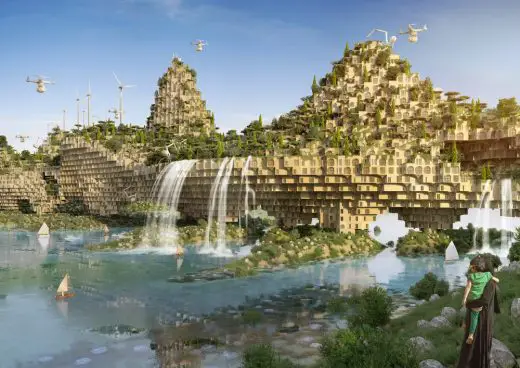
image courtesy of architects
Another project by Vincent Callebaut Architectures on e-architect: Asian Cairns Buildings – ‘Sustainable Farmscrapers’
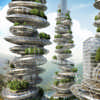
picture : VINCENT CALLEBAUT ARCHITECTURES – WWW.VINCENT.CALLEBAUT.ORG”
Belgium Architectural Projects
Belgium Architecture Designs – chronological list
Location: Brussels, Belgium
Architecture in Belgium
Belgian Architectural Designs – chronological list
Le Toison d’Or
Design: UNStudio, Architects
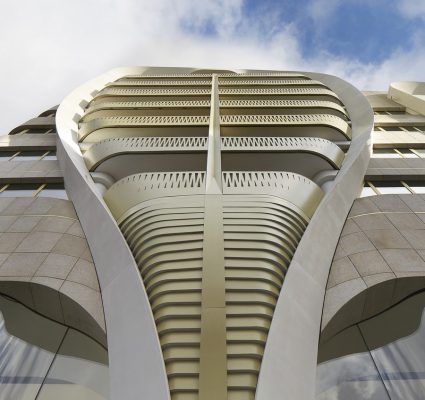
photography © Hufton+Crow © Eva Bloem
Le Toison d’Or Brussels Building
Multisensory Railway Museum
Design: Lightemotion
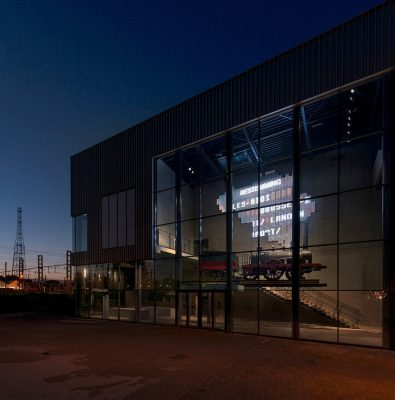
photograph : Marie-Francoise Plissart
Multisensory Railway Museum in Brussels
Schaarbeek Sports Hall, Schaarbeek, north Brussels
Design: O2 Architectes
Schaarbeek Sports Hall
Bruxelles Gare du Midi
Ateliers Jean Nouvel
Bruxelles Gare du Midi
Comments / photos for the Botanic Center Bloom Brussels Architecture page welcome

